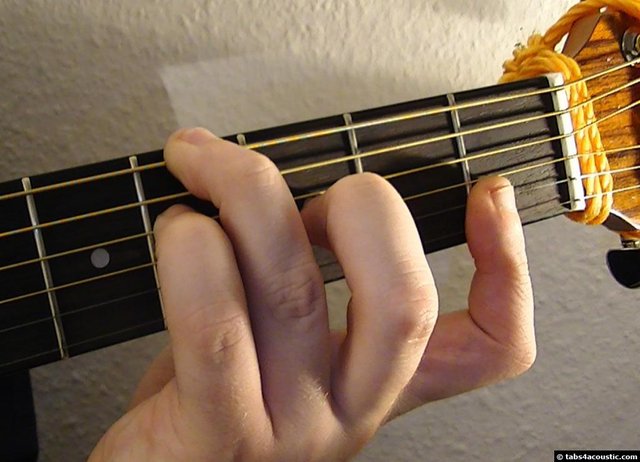
Lead guitar refers to the role of the guitarist in a band or musical ensemble who plays the main melody, solo, or riff of a song. The lead guitarist typically plays a more prominent and intricate part than the rhythm guitarist, who provides the chord progression and harmonic foundation.

Lead guitar playing involves a range of techniques, including:
- Melodic playing: Creating memorable and catchy melodies.
- Improvisation: Creating spontaneous solos or phrases.
- Scales and modes: Using various scales and modes to create different sounds and moods.
- Arpeggios: Breaking down chords into individual strings for a more fluid sound.
- Bending and vibrato: Adding emotional expression with pitch variations.
- Tapping and legato: Connecting notes with hammer-ons and pull-offs for a smooth sound.
- Phrasing: Creating musical sentences with dynamics, articulation, and space.
Some iconic lead guitarists include:
- Jimi Hendrix
- Eric Clapton
- Jimmy Page
- Stevie Ray Vaughan
- David Gilmour
- Brian May
- Eddie Van Halen
- Nyakiz Lead
- Usher Rich Int'l
- Joe Strings

The secrets of lead guitar playing! Here are some essential techniques and tips to help you improve your lead guitar skills:
- Scales and modes: Master the major and minor pentatonic scales, blues scale, and modes (e.g., Aeolian, Dorian).
- Arpeggios: Break down chords into individual strings for fluid solos.
- Bending strings: Develop finger strength and control for smooth, expressive bends.
- Vibrato: Add emotional depth with subtle pitch variations.
- Tapping and legato: Connect notes with hammer-ons and pull-offs for seamless playing.
- Phrasing: Create musical sentences with dynamics, articulation, and space.
- Improvisation: Experiment and respond to the moment, like a conversation.
- Listen and study: Learn from legendary guitarists and transcribe their solos.
- Practice with backing tracks or a metronome to develop timing and tone.
- Experiment with effects pedals to enhance your sound.
- Develop finger independence and dexterity.
- Learn music theory to understand chord progressions and solo construction.

Remember, lead guitar playing is a journey. Enjoy the process, and don't be afraid to make mistakes – they can lead to new ideas and growth!
Lead guitar playing requires a combination of technical skill, creativity, and musicality, and is a vital element of many genres, including rock, blues, jazz, and metal.
Tocar la guitarra no es tarea fácil.
Downvoting a post can decrease pending rewards and make it less visible. Common reasons:
Submit